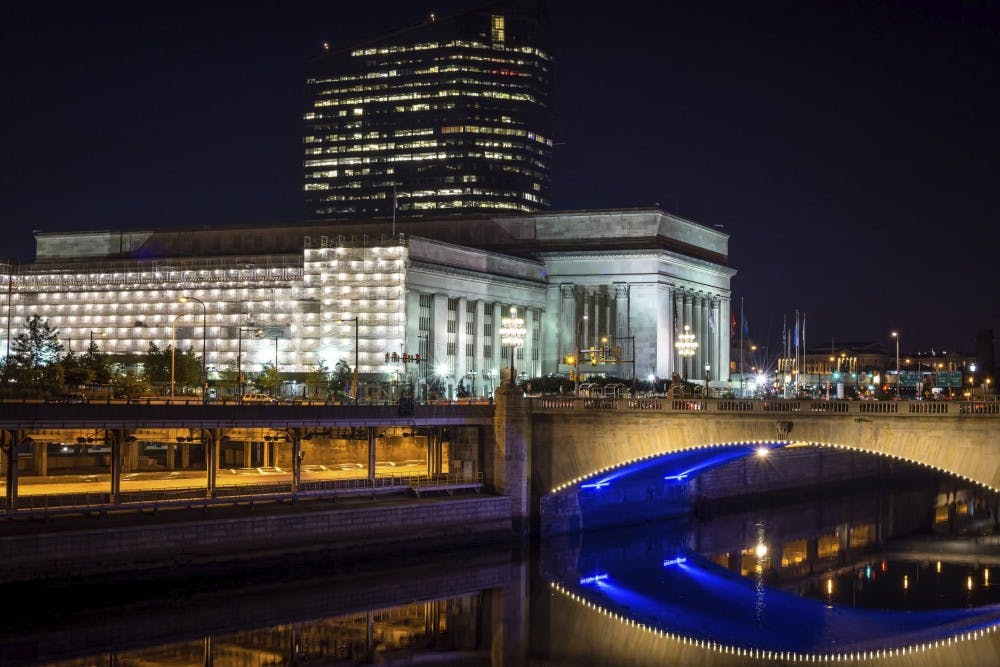Philadelphia is the fifth-largest city in the United States with an up-and-coming food scene, various music venues and a diverse array of bars and clubs. While New York City is known as the “city that never sleeps,” Philadelphia magazine recently said “Philly refuses to become a 24-hour city.”
Why is that?
“I think it is primarily the size of the city and where people live who work in the city. You can’t compare Philadelphia — that has 1.5 million people — to New York City with 8.1 million,” said Eugenie Birch, a professor of urban education and research in the School of Design. “You need a certain size city in order to support the kinds of things that make a 24-hour city, which is the commercial activities. You need a certain amount of people that it would make economical sense for commercial stores to stay open.”
A “24-hour city,” according to the Urban Land Institute, contains urban spaces that have residential neighborhoods near downtown, shopping districts close to job centers, safe streets, great mass transit and plenty of recreational and entertainment amenities.
While New York City has the late-night clubs and bars that are open into the wee hours of the morning , the city also functions on a more practical level. The New York City subway system provides 24-hour public transportation, which makes it easy to seek out all-night stores and food places.
Philadelphia is a 9 a.m. to 5 p.m. city, according to the Urban Land Institute, as a large majority of workers commute home to their suburban home instead of living in the city. There are few restaurants open 24-hours besides Wawa, which is known for its late night consumers.
While Philadelphia is also one of just three American cities to offer 24-hour subway service and Center City has an ideal mix of residential, retail and office buildings, Birch said there is a slow movement for Philadelphia to mirror other 24-hour cities.
“It doesn’t happen overnight. When I came to Penn in 1998, there was very little retail,” Birch said. “Over the years, the city has built up a population that wants to stay in the city. With the growing population in the city, there needed to be better safety, more parks, more retail stores and, overall, a quality of life that can compete with the suburbs.”
There have been various attempts to extend last call beyond 2 a.m., but efforts stalled in City Hall, neighborhood groups and amongst state lawmakers. For special events, there are occasional exceptions: during the Democratic National Convention, a few bars were able to stay open until 4 a.m. Events like the DNC help the city become a more lively and economically stimulating region, Birch said.
“There are tweaks from the public policy point of view that create more liveliness that a 24-hour city is often known for. They can be investment in big infrastructure projects in public spaces, there can be programs or there can be major events. You can create a city that is ideal for large gatherings of people,” she said.
Other recent investments include Spruce Street Harbor Park, Center City District Sips, the Made in America concert and Pope Francis’ visit in the fall 2015.
Birch said Philadelphia has the potential to be a 24-hour city based on the design of the city, which includes small blocks, walkability, a concentrated downtown area and the lack of sprawl or automobile dependence, like other large cities such as Los Angeles or Phoenix.
Until then, Penn students will have to be satisfied with their 2 a.m. last call at Smokey Joe’s and their 2:15 a.m. hoagies at Wawa.









